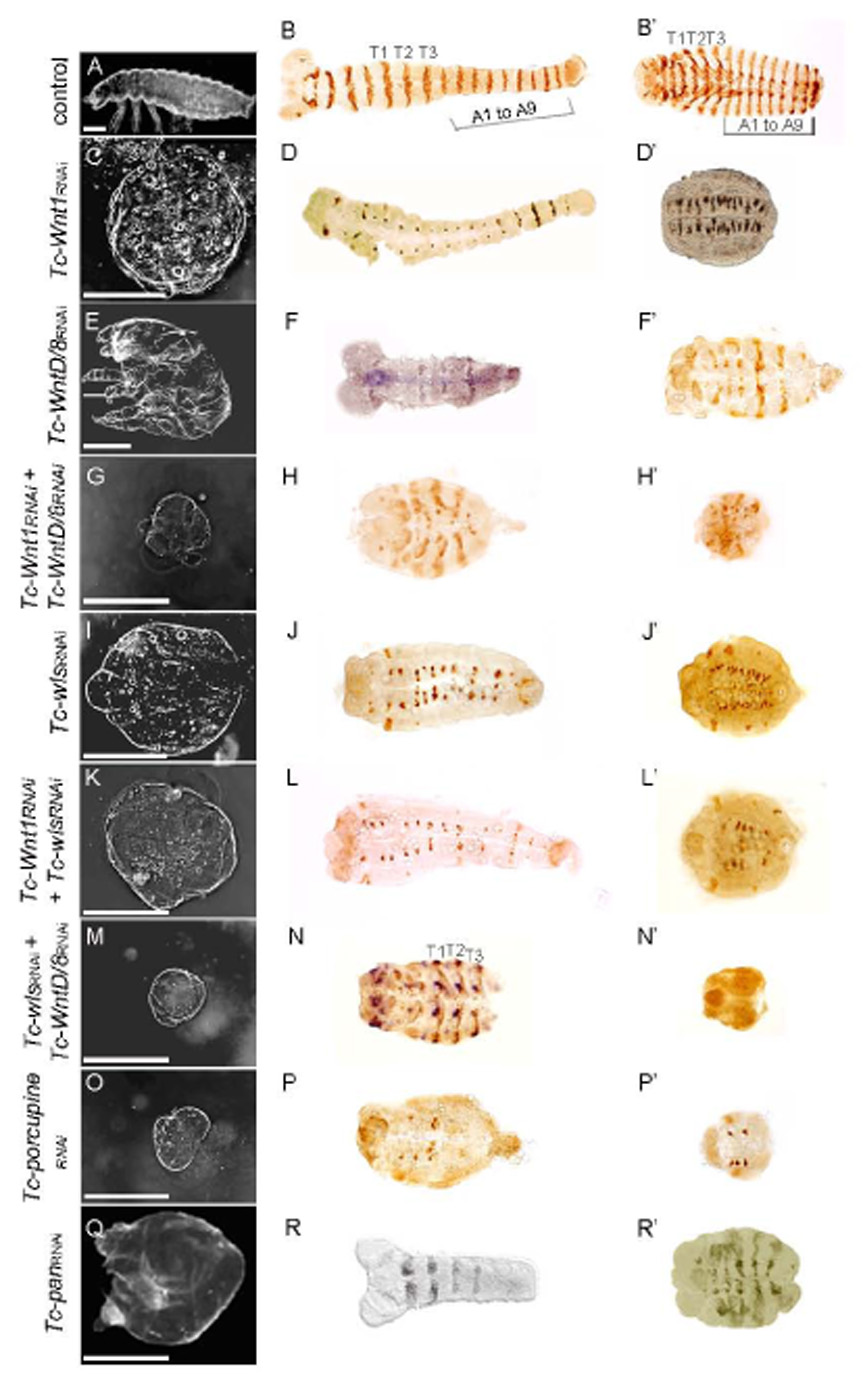Figure 1. Cuticular and embryonic RNAi phenotypes.

When possible to determine, embryos are oriented with anterior to the left.
(A–B’) Wild-type embryos. (A) Wild-type embryonic cuticle. (B–B’) Developmental stage assessed by Tc-En staining during elongation (B) and retraction (B’). Wild type En expression is visible in all thoracic and abdominal segments.
(C–D’) Tc-Wnt1 RNAi embryos. Cuticles are small spheres without signs of segmentation (C). During elongation all segments are formed although En expression is fading (D), after germband retraction the embryos are highly compacted but still contain Tc-En-expressing cell derivatives in all segments (D’).
(E–F’) Tc-WntD/8 RNAi embryos. Cuticles have two pairs of legs but no abdominal segments. (E). In more severely affected embryos, abdominal segments failed to form (F) and three thoracic segments are observed after germband retraction (F’).
(G–H’) Tc-Wnt1, Tc-WntD/8 double RNAi embryos. Cuticular phenotypes (G) are smaller than those produced by either single RNAi. Tc-En expression is visible in three thoracic segments (H). After germband retraction, the embryos are very compacted and show as few segments as Tc-WntD/8 RNAi embryos, as assessed by Tc-En (H’).
(I–J’) Tc-wls RNAi embryos. Cuticles (I) resemble those from Tc-Wnt1 RNAi (C). Tc-En expression fades during germband elongation (J), and after germband retraction derivatives of all segments are highly compacted (J’), as in Tc-Wnt1 RNAi embryos.
(K–L’) Tc-Wnt1,Tc-wls double RNAi. Cuticles (K) resemble those from Tc-Wnt1 or Tc-wls single RNAi. Tc-En expression fades during germband elongation (L), and after germband retraction derivatives of all segments are highly compacted (L’), as in Tc-Wnt1 or Tc-wls single RNAi germbands.
(M–N’) Tc-wls,Tc-WntD/8 double RNAi embryos. Cuticular phenotypes (M) are more severe than those produced by either single RNAi. Tc-Eve (brown) and Tc-Wnt1 (purple) mRNA expression are visible in three thoracic segments (N). After germband retraction, the embryos are very small and show rudimentary heads and three thoracic segments as assessed by Tc-En (N’).
(O–P’) Tc-porc RNAi embryos. Cuticular phenotypes (O) resemble those produced by Tc-wls/Tc-WntD/8 double RNAi (M). Abdominal segments do not form (P) and after germband retraction, the embryos are very small and show rudimentary heads and three thoracic segments as assessed by Tc-En (P’), similar to Tc-wls,Tc-WntD/8 double RNAi embryos.
(Q–R’) Tc-pan RNAi embryos. Cuticles are small spheres (Q) that resemble Tc-Wnt1 embryos (C). Tc-En staining shows that abdominal segments failed to form during germband elongation (R) and after germband retraction Tc-En is expressed in the remaining segments (R’), like Tc-WntD/8 RNAi embryos.
Scale bars represent 0.1mm.
